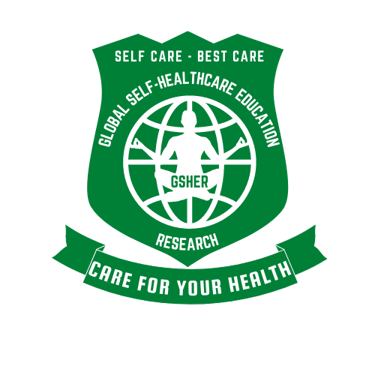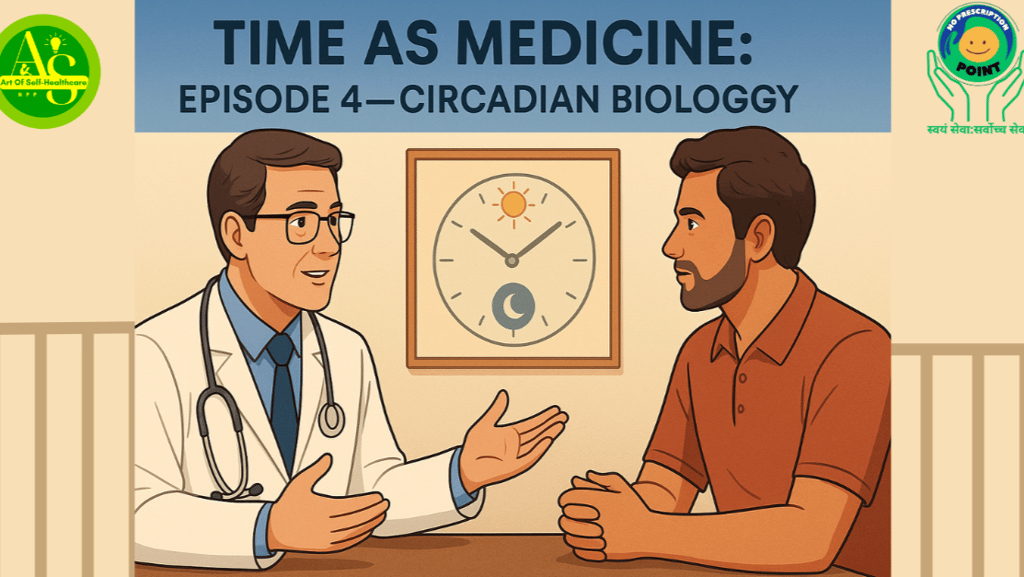

The Healing Deck was alive with the hum of day. The air smelled of fresh neem leaves and distant rain. Subramanyam sat cross-legged, notebook open, pen poised like a soldier preparing for battle. Except this war was different. It wasn’t against competitors or collapsing markets. It was against chaos—the chaos inside his own body.
Dr. Biswajit stood at the whiteboard, drawing a circle with bold strokes. Inside, he sketched numbers like a clock face.
“Remember this,” the doctor said, tapping the center. “Your body is a 24-hour city. Every cell, every organ, every gene operates on a timetable. If you honor it, you thrive. If you disrupt it, chaos reigns.”
Subramanyam gave a faint smile. “You make it sound like my body runs on an IPO schedule.”
The doctor grinned. “It’s tighter than any IPO. Let’s map the rhythm.”
He drew an upward curve starting at 4 a.m. and peaking around 8 a.m.
“This,” the doctor said, “is cortisol—your natural wake-up hormone. Around dawn, your cortisol spikes, raising blood pressure slightly, mobilizing glucose for energy, and sharpening your alertness. Think of it as the body’s internal coffee.”
Subramanyam scribbled furiously. “And what happens if I sleep through this surge?”
“You miss the wave,” the doctor said. “Your brain stays foggy, your metabolism drags, and guess what you crave? Coffee. Sugar. Stress. You hack your energy artificially instead of letting biology do its job.”
Subramanyam smirked ruefully. “Sounds like my mornings for the last decade.”
“And when you wake late,” the doctor continued, “you shift your cortisol rhythm forward. That disrupts your stress response and metabolic regulation. Over time, it’s a ticket to insulin resistance and chronic fatigue.”
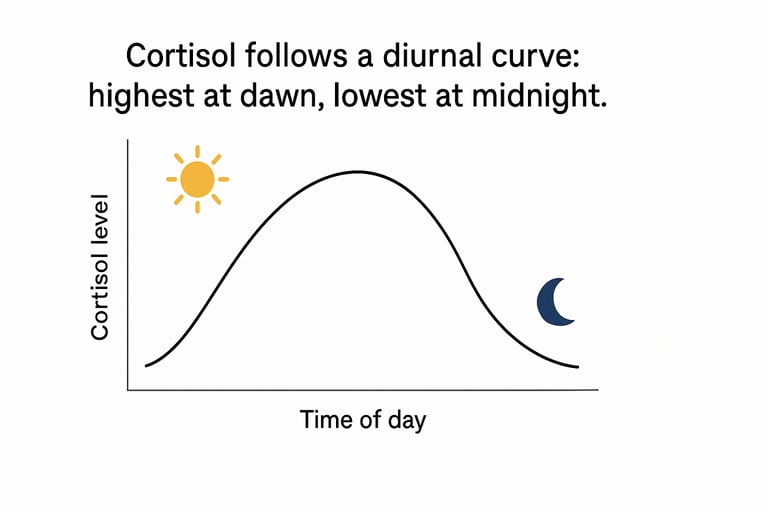

Disrupted cortisol rhythm = mood disorders and metabolic disease (Journal of Clinical Endocrinology & Metabolism, 2018).
“Tomorrow,” the doctor said, “wake with the sun. Don’t fight your clock—ride it.”
Subramanyam nodded slowly. “Ride the clock. Got it.”
The doctor sketched another curve, this one rising at night. “Meet melatonin—the hormone of darkness. At sunset, your retina senses fading light. Your SCN signals your pineal gland to release melatonin. It lowers body temperature, slows your heart rate, and prepares your cells for repair.
Subramanyam leaned forward. “So melatonin… isn’t just for sleep?”
“Not even close,” the doctor said. “It’s your strongest antioxidant. It repairs DNA, calms inflammation, and even suppresses cancer cell growth. But here’s the catch—it needs darkness to flow.”
Subramanyam blinked. “Then why do doctors hand out melatonin pills like candy?”
“Because pills are easy,” the doctor said, his tone sharp. “But pills don’t fix the root cause, light pollution.
Subramanyam blinked. “And my midnight emails…?”
“Killed it,” the doctor said flatly. “Blue light from screens suppresses melatonin by 80%. LED-lit rooms trick your brain into thinking it’s noon. You robbed your cells of their repair signal.”
Subramanyam swallowed hard. “So darkness… is medicine?”
“Darkness,” the doctor said, “is the drug your body forgot how to take.”
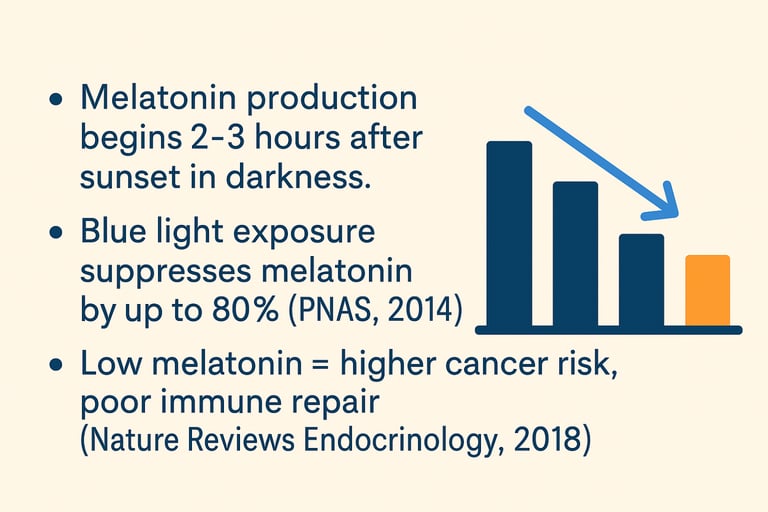

“Two hours before bed,” the doctor said, “kill the lights. Kill the screens. Let darkness heal you.”
Subramanyam wrote it down like a mantra: Darkness heals.
The doctor wiped the board and drew a circle divided into light and dark halves. “Here’s the biggest modern mistake—we eat all day and night. But your metabolism expects food in the light and fasting in the dark.”
Subramanyam raised an eyebrow. “Are you saying timing matters more than calories?”
“Timing is king,” the doctor said. “Eat late, and your insulin spikes while your fat-burning machinery is off-duty. Night eating guarantees fat storage—even on fewer calories.”
Subramanyam groaned. “So all those working dinners…”
“Were metabolic landmines,” the doctor said dryly.
“From now on,” the doctor said, “eat within a 10-hour window during daylight. After sunset—water, herbal tea. Nothing else.”
Subramanyam sighed. “Goodbye, midnight snacks.” “You’re taking away my midnight snacks, Doc.”
The doctor smiled. “Hello, to longevity.” … “I’m giving you your life back.”
The doctor drew a spiral: DNA. “At night, when melatonin rises, your body activates its night crew: DNA repair enzymes, autophagy systems, and immune cells. They fix oxidative damage, clear waste, and hunt rogue cells.”
Think of it as a night shift crew fixing the day’s wear and tear
Subramanyam’s throat tightened. “And if that crew doesn’t show up?”
“Mutations accumulate. Inflammation festers. Cancer seeds grow.”
Subramanyam closed his eyes. “So every late night… every all-nighter… I was stealing time from my own repair team.”
“Yes,” the doctor said gently. “And now, you’re paying the debt. But it’s not too late.”
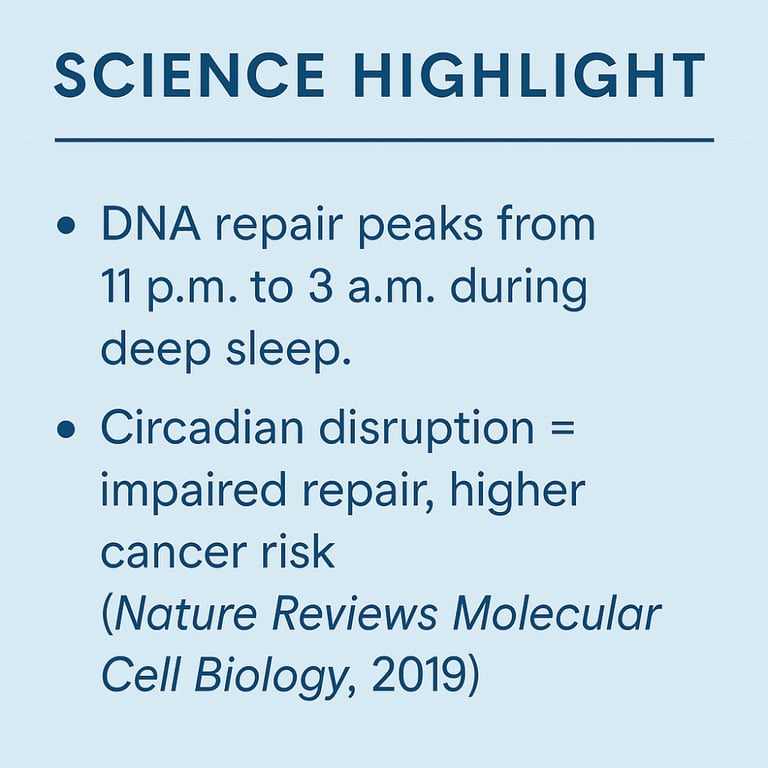

The doctor drew arrows from “Exercise” and “Temperature” toward the clock. “Light isn’t the only time cue. Movement and temperature signal your clocks, too.”
“Morning movement,” he said, “reinforces your wake rhythm. A brisk walk after sunrise isn’t exercise—it’s circadian medicine.”
“And temperature?” Subramanyam asked.
“Your body expects warm days and cool nights. Lower bedroom temperature (18–20°C) tells your brain: time to sleep. Artificial heating and late-night workouts confuse these cues.”
Subramanyam laughed softly. “So… I fought nature with central AC and 11 p.m. gym sessions.”
“And nature,” the doctor said, “always wins.”
The doctor capped his marker and faced Subramanyam. “Now the final piece: stress and mindset. Cortisol isn’t bad—it’s your morning hero. But when stress is constant, cortisol never drops. Your clock never resets. That’s why we use rituals—morning sunlight, evening gratitude, and breathwork. They’re not spiritual fluff. They’re biological levers.”
Subramanyam nodded slowly. “So meditation… journaling… they’re timekeepers?”
“Yes,” the doctor said. “They anchor your rhythms when life tries to pull them apart.”
The board was full of arrows, curves, and cycles: biology turned into art. Subramanyam stared at it, his chest tight with something new. Not fear. Not despair. But a sense of order, of possibility.
He closed his notebook and looked up. “So healing isn’t about more medicine. It’s about better timing.”
The doctor smiled. “Health,” he said softly, “is a symphony. When you honor the rhythm, you dance.”
“Sleep by 10. Let your cells do the work you’ve ignored for years.”
Subramanyam closed his notebook. For the first time, the logic cut deeper than fear. It felt like the truth.
To be Continued…
Next, Part V: The 21-Day Circadian Reset Blueprint
